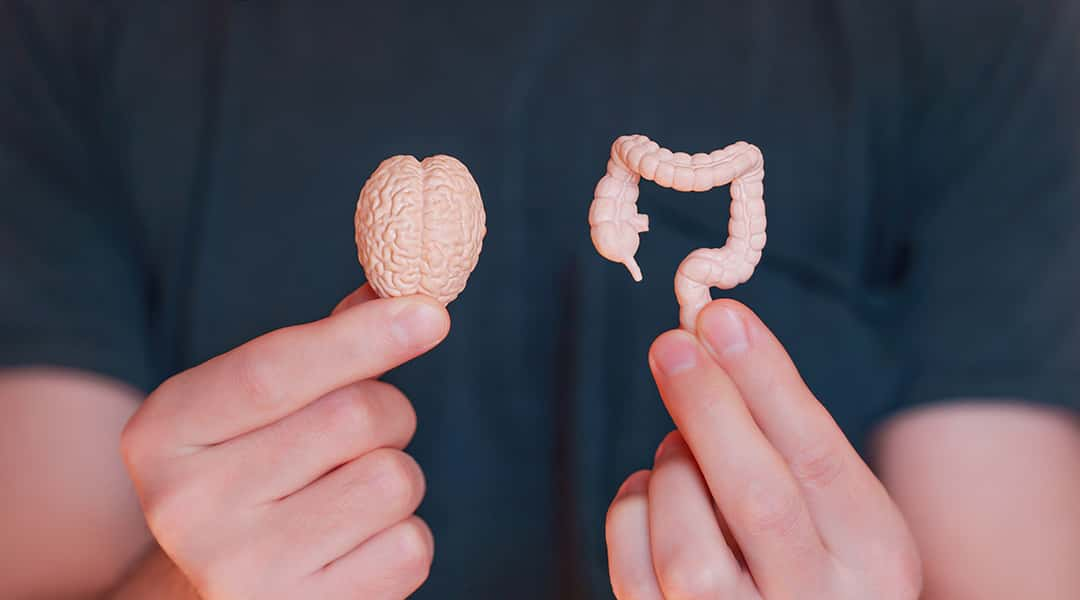European Friendly Ragi Puttu: A Healthy Steamed Delight
European Friendly Ragi Puttu: A Healthy Steamed Delight

In Ayurveda, Ragi Puttu, or Finger Millet Pancake, is a healthy steamed food that is nutrtitious and brings balance and wellness to your body. While some traditional Indian ingredients might not be readily available in Europe, you can still enjoy the same health benefits by substituting with local alternatives. Here’s how to make a European-friendly version of Ragi Puttu (Finger Millet Pancake) using ingredients commonly found in local markets.
Ingredients:
- 1 cup ragi flour (finger millet flour)
Alternative: If ragi flour is unavailable, use wholemeal spelt flour or oat flour for a similar nutty flavour and nutritional profile. - ½ cup grated zucchini (courgette)
Alternative to ridge gourd or bottle gourd: Zucchini works well as it is hydrating, mild in flavour, and easily available in Europe. - ½ cup grated desiccated coconut (unsweetened)
Alternative: Use fresh coconut if available in stores, or replace it with almond flour for a nutty, rich texture. - ½ tsp turmeric ( Curcuma powder )
widely available in European stores or health shops. - ¼ tsp freshly ground black pepper
- A pinch of salt
- Water (as required)
Cooking Time : 20 mins
Instructions:
- Preparing the Flour: If you are using ragi flour, no changes are needed. For those using spelt or oat flour, roast the flour in a pan on medium heat for about 4-5 minutes until aromatic. Set it aside to cool.
- Grating the Zucchini: Grate the zucchini and squeeze out any excess moisture. In a bowl, mix the grated zucchini with turmeric, black pepper, and salt.
- Preparing the Flour Mixture: Gradually add water to the roasted flour while mixing it with your fingers. The texture should be crumbly but hold its shape when pressed. Add the zucchini mixture and combine thoroughly.
- Steaming the Puttu: Layer a steamer with parchment paper or a wet cloth. Spread a layer of desiccated coconut or almond flour, followed by the ragi-zucchini mixture. Alternate layers, ending with coconut or almond flour on top. Steam for 10-15 minutes until cooked through.
- Serving: Serve the puttu hot with a drizzle of almond milk or coconut milk, or enjoy with fresh berries or applesauce for a European touch.
Health Benefits of European-Friendly Ragi Puttu:
- Rich in Fiber and Nutrients: Wholemeal spelt and oat flour are high in dietary fiber, aiding digestion. Zucchini offers hydration and nutrients like potassium and vitamin C, while almond flour or coconut adds healthy fats and antioxidants.
- Anti-Inflammatory Boost: The combination of turmeric and black pepper is a potent anti-inflammatory remedy. This duo helps fight inflammation and boosts immunity, which is important for managing stress and seasonal changes in Europe.
- Balances Blood Sugar: Both spelt and oat flours have a moderate glycemic index, helping to regulate blood sugar levels. This makes the dish a great option for people who need to manage energy and sugar levels.
- Supports Digestive Health: Zucchini is easily digestible and hydrates the body. The fiber content in oats, spelt, and coconut or almonds further supports gut health, essential for overall wellness.
- Local and Sustainable: By using ingredients like zucchini, oat flour, and almond flour, this recipe becomes more sustainable and aligned with European diets, while maintaining the Ayurvedic principles of balance and nourishment.
This European-friendly Ragi Puttu is a delicious and nutritious way to bring Ayurveda into your daily routine, using locally sourced ingredients. Whether you’re looking for a wholesome breakfast or a light meal, this recipe offers a balance of flavours and health benefits, perfect for the European lifestyle. This version is adapted for ingredients widely available in Europe, yet it retains the core Ayurvedic benefits.
We believe in collaborative relationship-based care where our Ayurvedic Doctors, Ayurvedic Practitioner, Ayurvedic Supplement Brands, Ayurvedic Nutritionists & Chefs, Yoga, and Meditation Trainers are in sync. Contact the team who passionately works together to hold your hand in this healing journey.

